
The Ulster Museum is open to the public for free, and despite this convenience - I've never seen huge crowds there. but this time was different. The queue took up the whole corridor leading to the gallery where two Caravaggio’s paintings ‘The Supper at Emmaus’ (1601) and ‘The Taking of Christ’ (1602) were on display. Usually when I see a queue somewhere, I simply turn on my heel and look for another place, because I see it as a potential waste of time. But for paintings by such an accomplished artist - I was prepared to wait. I stood in the queue for more than half an hour, during which I listened to the conversations of excited visitors who - like me - would have their first opportunity to see the works of this controversial but brilliant artist. But enough about me, lets dive into Caravaggio's crazy life story!

Michelangelo Merisi of Caravaggio - born September 29, 1571, Milan, (Italy), died July 18/19, 1610, Porto Ercole, Tuscany
Caravaggio has a reputation as the rebellious, impulsive punk of art history. He appear in Rome in the last decade of the 16th century and inspired the art world with his antics and unconventional paintings.
According to one of his earliest biographers, writer Karel van Mander, Caravaggio used to work intensely for about two weeks and then ‘go for a walk for a month or two’.
‘He would walk for a month or two, with a sword at his side [...]. He went from one tennis court to another, always ready to fight or argue, which made it very difficult to get along with him’.
In the early years of the 17th century, he was brought to court at least 11 times. He was accused of insulting a policeman, writing satirical poems about a rival painters and throwing a plate of artichokes in a waiter's face.
In 1606 he was effectively forced to flee Rome after killing a man during a brawl over a game of tennis. He spent the rest of his life on the run, then collapsed and died in the summer of 1610, during a trip to Rome to ask the Pope for clemency.

As for his paintings, they were as provocative as the man who created them. Firstly, he used models in unconventional and innovative ways, attracting common people straight from the street to his studio, whom he then painted directly from life. Caravaggio did not bother with the academic study of drawing. He skipped this stage because he believed that most important part of painting is ‘looking at nature’. The results are paintings remarkable for their striking realism, capturing even the most modest details – if model had earthy, dirty nails – Caravaggio wouldn’t hesitate – he would paint them as they were.
As a result, Caravaggio paid as much attention to inanimate objects as to people. Under his skilful hands, still lifes ‘came to life’ appetising, disgusting, complex - exactly as the author himself would see.
Caravaggio's second great innovation was his use of light. He did not allow anyone to pose in daylight which was always the case for painters. He would manipulate artificial light to capture shapes, create space and add drama to everyday scenes.
The 'Supper at Emmaus' is a great example of this. At dinner, shortly after the crucifixion, two of Jesus' disciples suddenly realise that their dinner companion is in fact the risen Christ. ‘It's a moment of revelation, and the light underpins the story.
This combination of realism and dramatic lighting has created an exceptionally powerful story. Viewing his paintings is always an intense experience because Caravaggio does not allow passive observation. Using the faces of ordinary people, he draws us into every scene he paints, as if to say - a face like yours could be painted in here.

But! Not everyone was impressed by Caravaggio's extraordinary talent. Good or rather bad example would be John Ruskin (English writer, philosopher, art historian and art critic) who in context of Carravaggio’s art abused the words ‘vulgarity’, ‘dullness’ and ‘godlessness’, which today seem very harsh and totally unfair judgment.
Carravaggio's talent left significant mark on art. This so called Caravaggio-mania overtook Europe in the first decades of the 17th century, when rich patrons competed for his paintings. Or they were try to by paintings of others that could emulate Caravaggio's style. His massive influence can be seen in the paintings of D. van Baburen, G. van Honthorst and V.de Boulogne. Those painters were just called ‘Caravaggists’.
Later on Caravaggio’s influances we could observe in painting by Peter Paul Rubens, Rembrandt, Jacques-Louis David or Eugène Delacroix.
We can indeed call it mania – because it didn’t lasted very long. By the middle of the 17th century the fashion for painting in the pure Caravaggio style had passed and classicism did his great come back.
It took almost three(!!!) centuries for Caravaggio's reputation to revive.
When Caravaggio came back into fashion in the 20th century, it happened mostly because exhibition organised by art historian Roberto Longhi in Milan in 1951. After his return to fame, Caravaggio once again began to inspire artists from a variety of disciplines.
So it doesn't come as surprise taht his use of light has had a major influence on film-makers and photographers. Fritz Lang, Friedrich Wilhelm Murnau or even widely known Martin Scorsese.
| My sources: |
|---|
| Caravaggio biography |
| Caravaggio wiki |
| Why Caravaggio was a shocking as his paintings? |
| Caravaggio facts |
| Caravaggio quotes |

I wish you lovely Sunday and very good week!
Yours,
Strega Azure





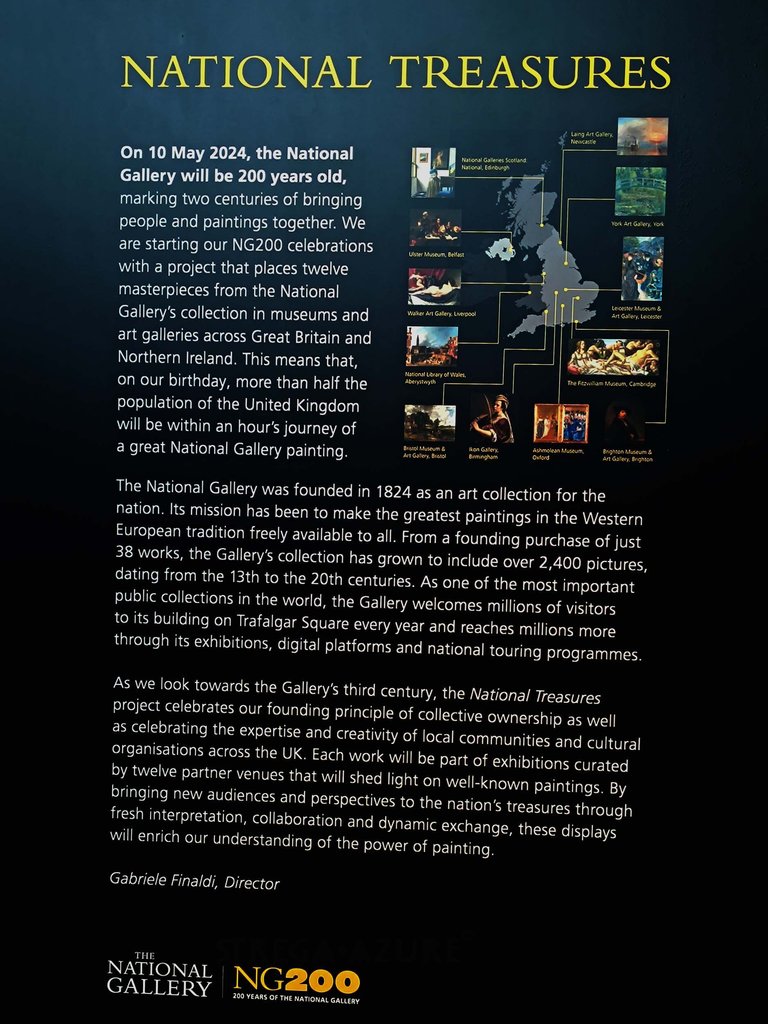

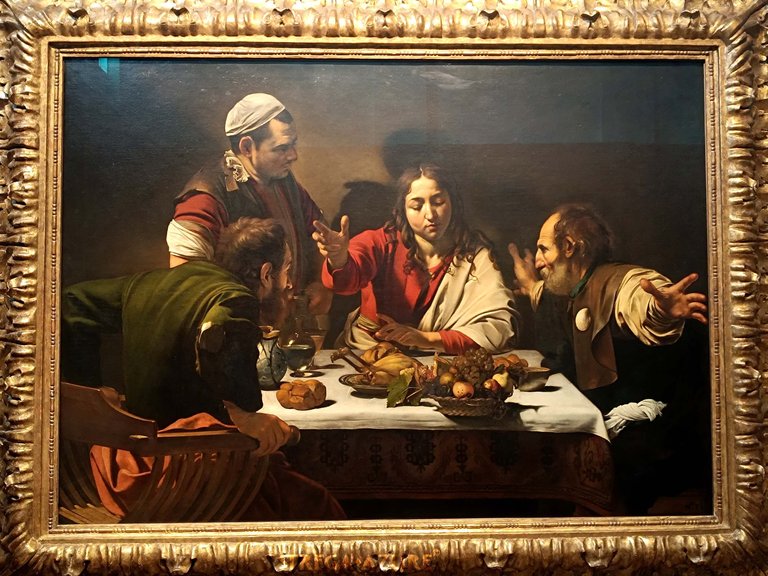

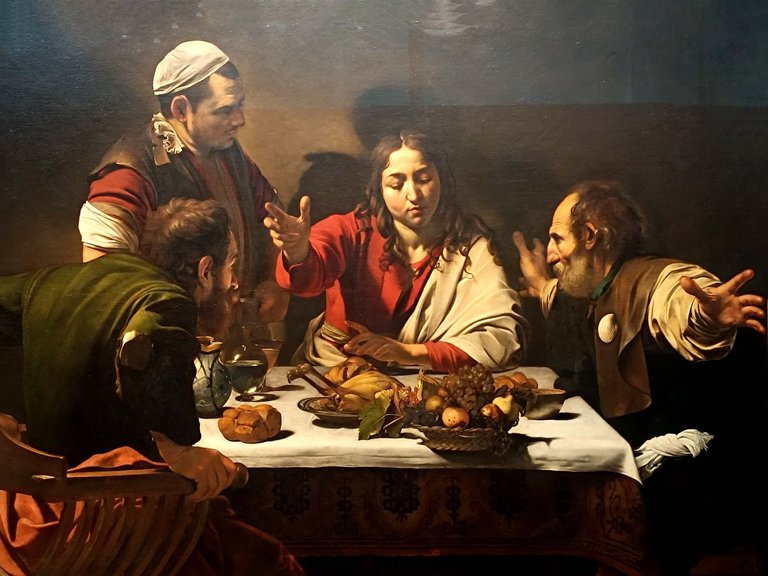

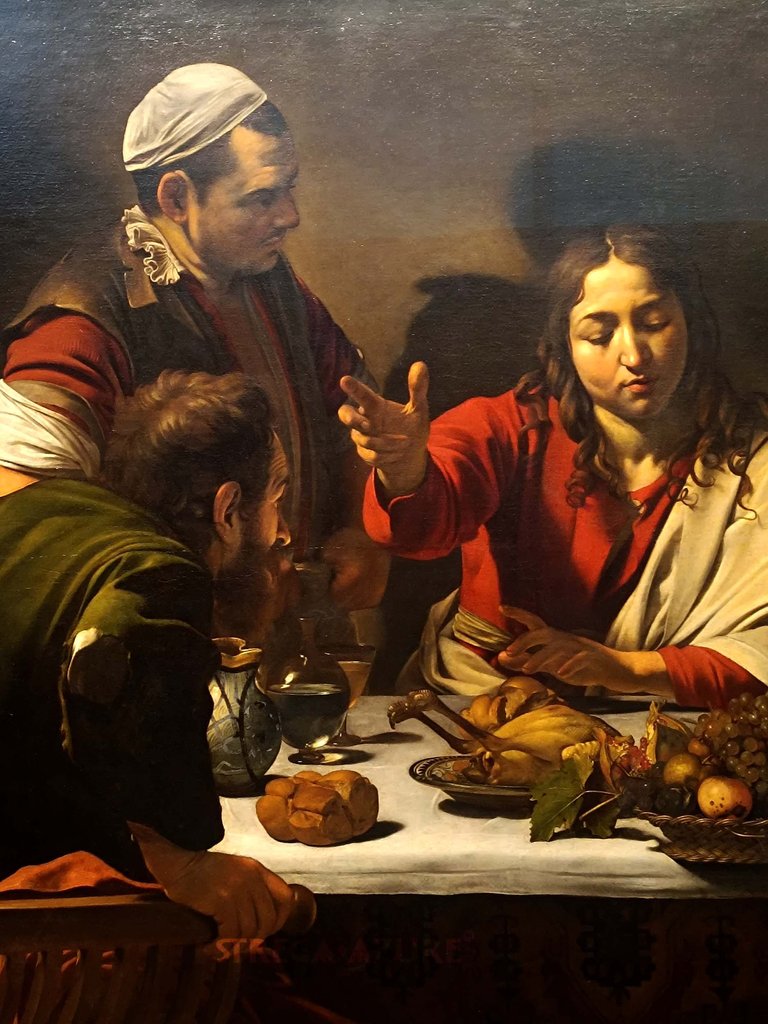

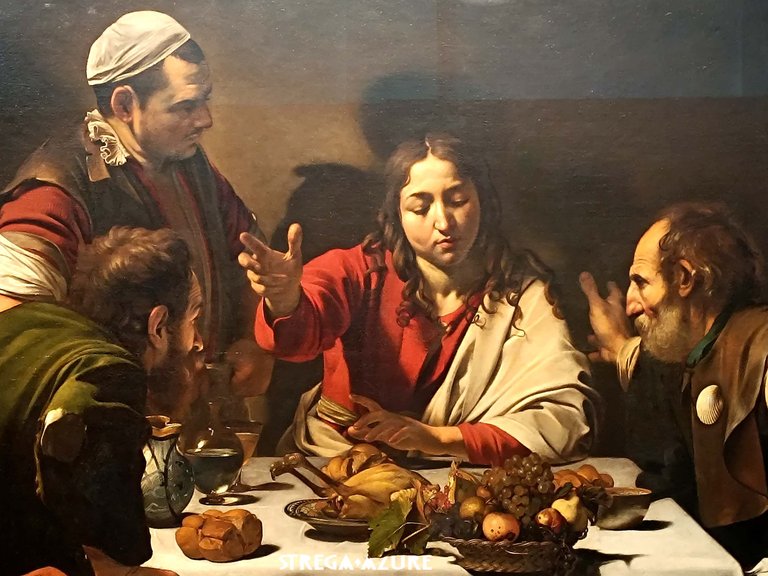



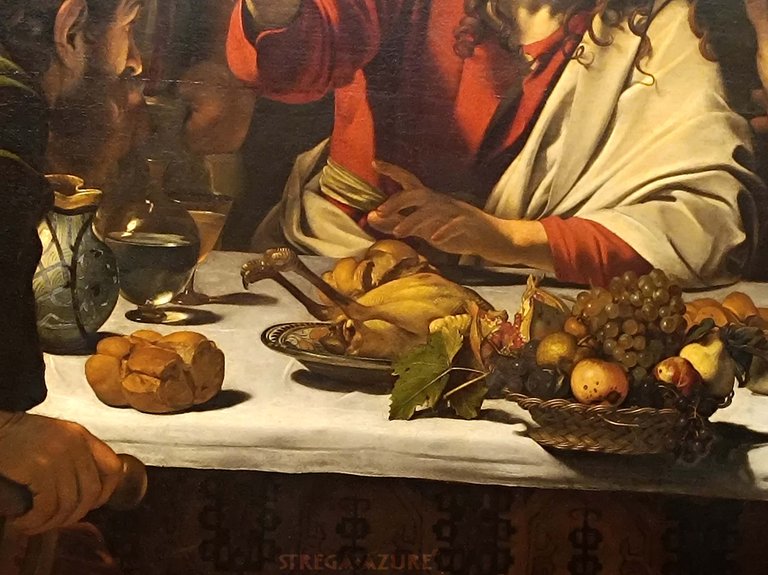

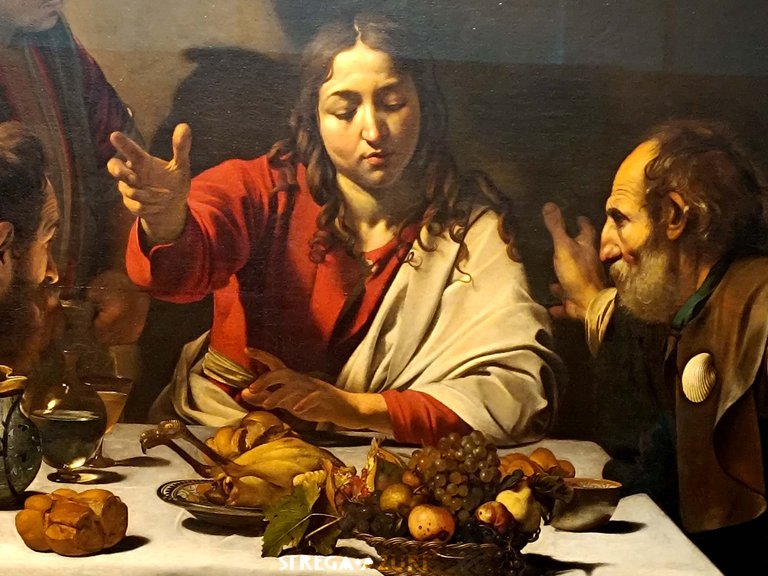

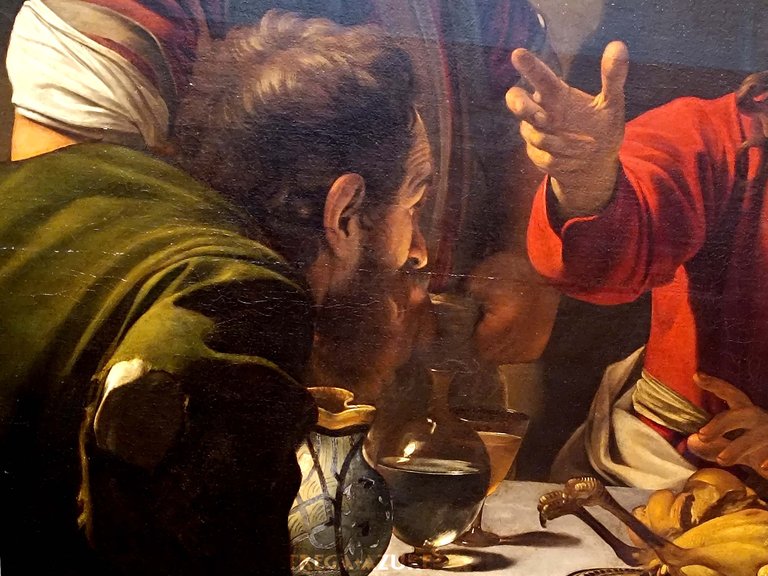

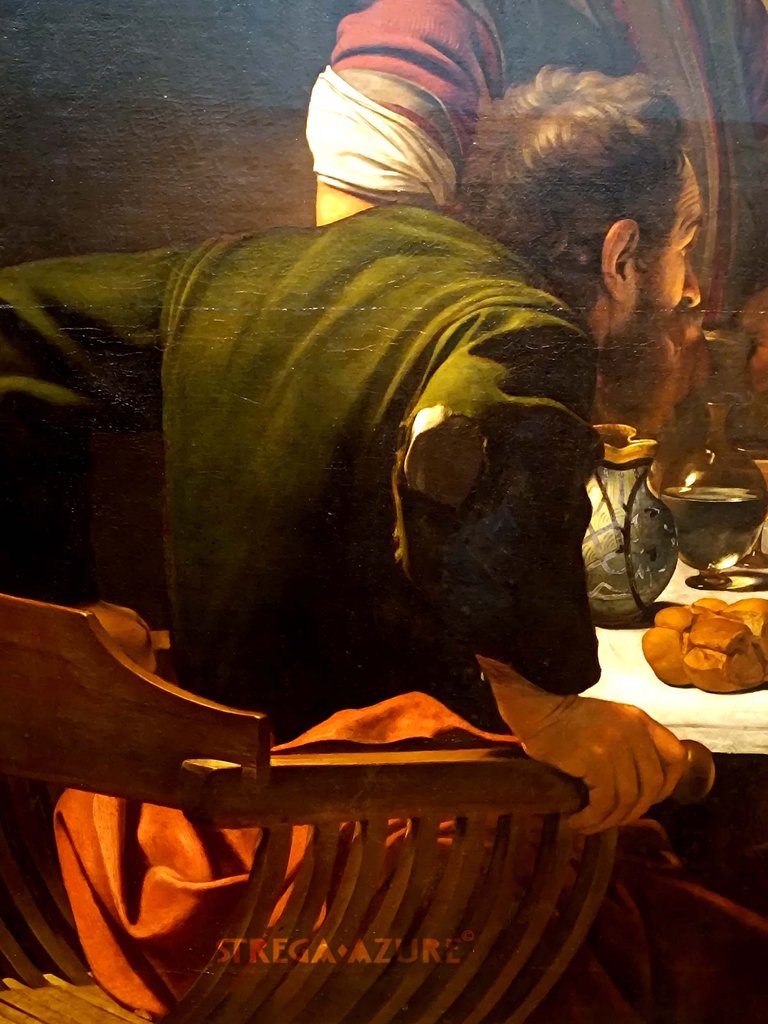

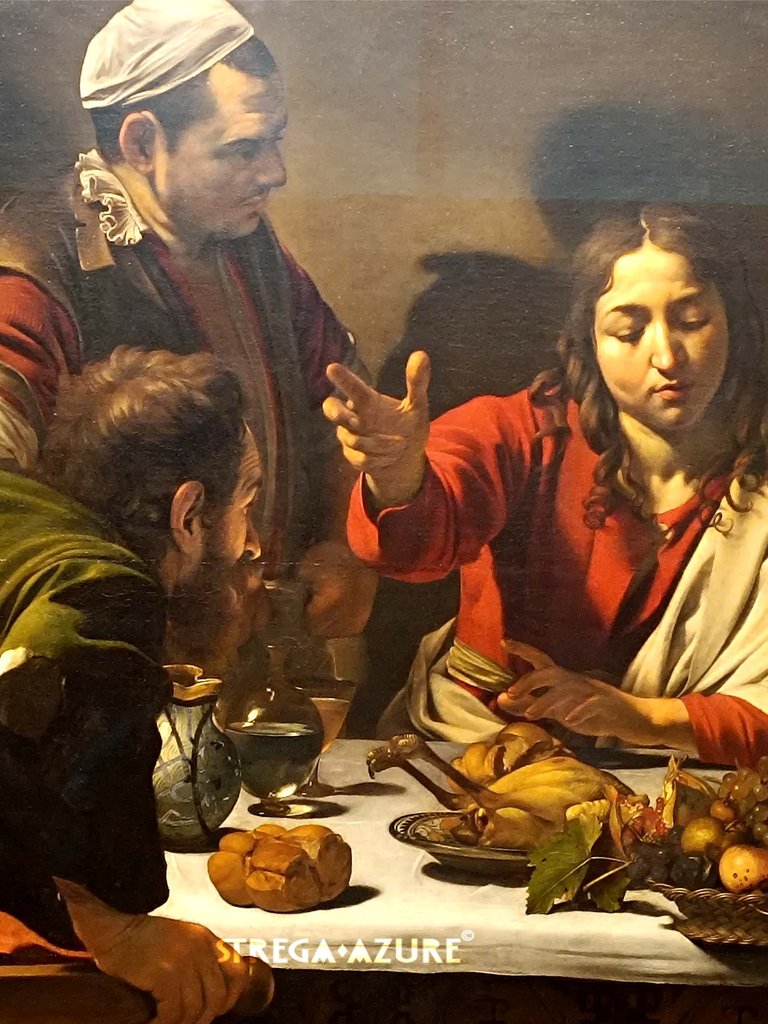



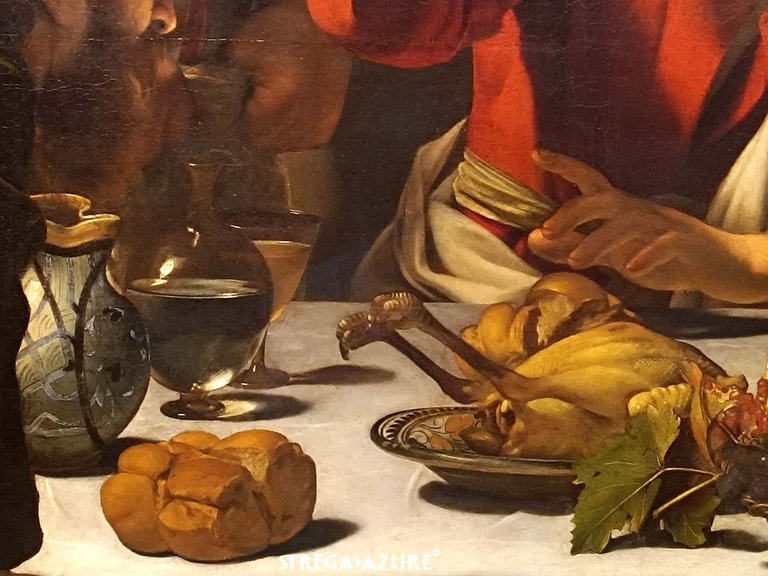

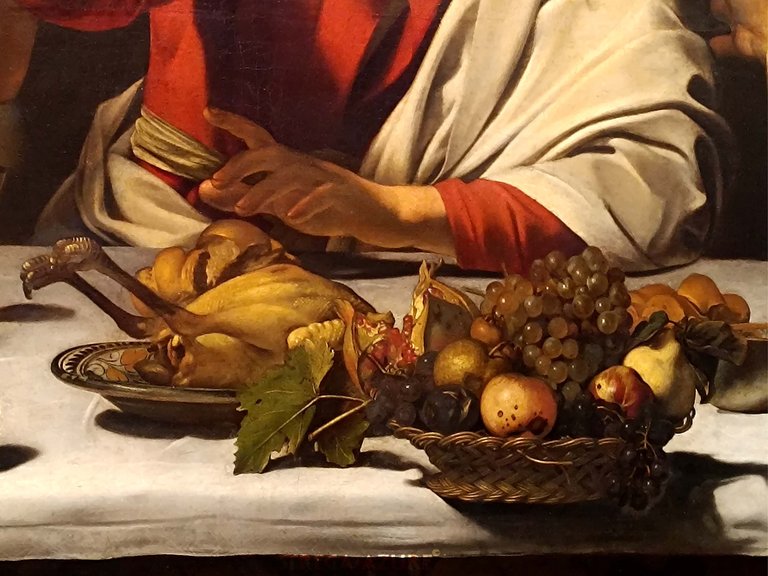

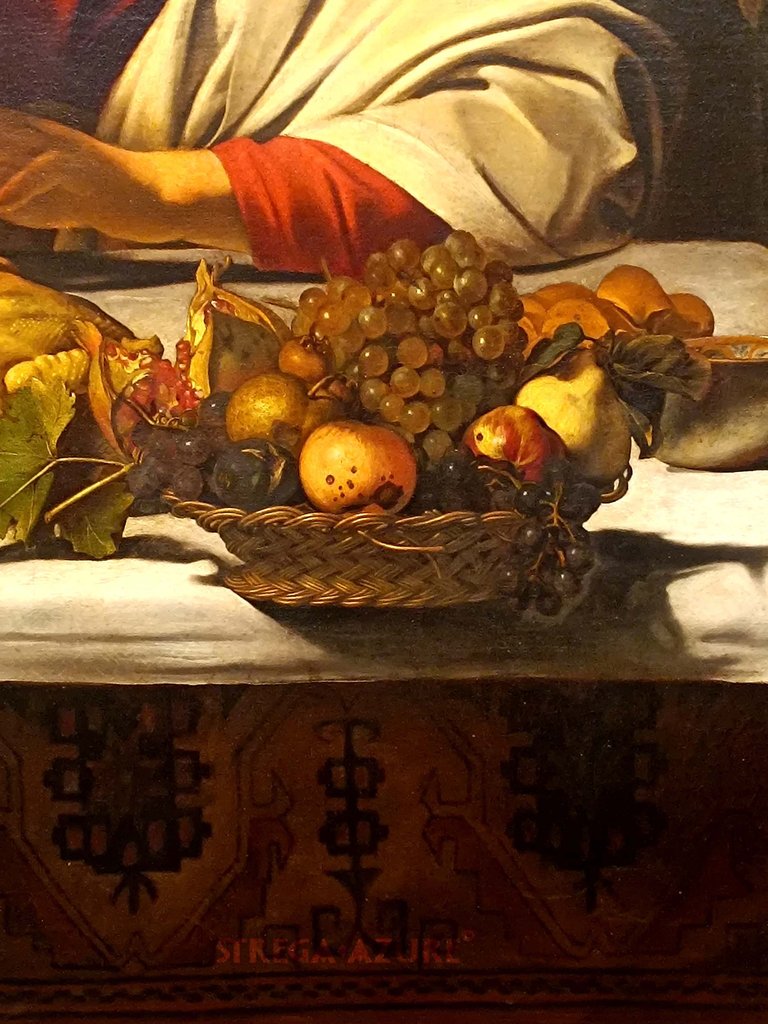

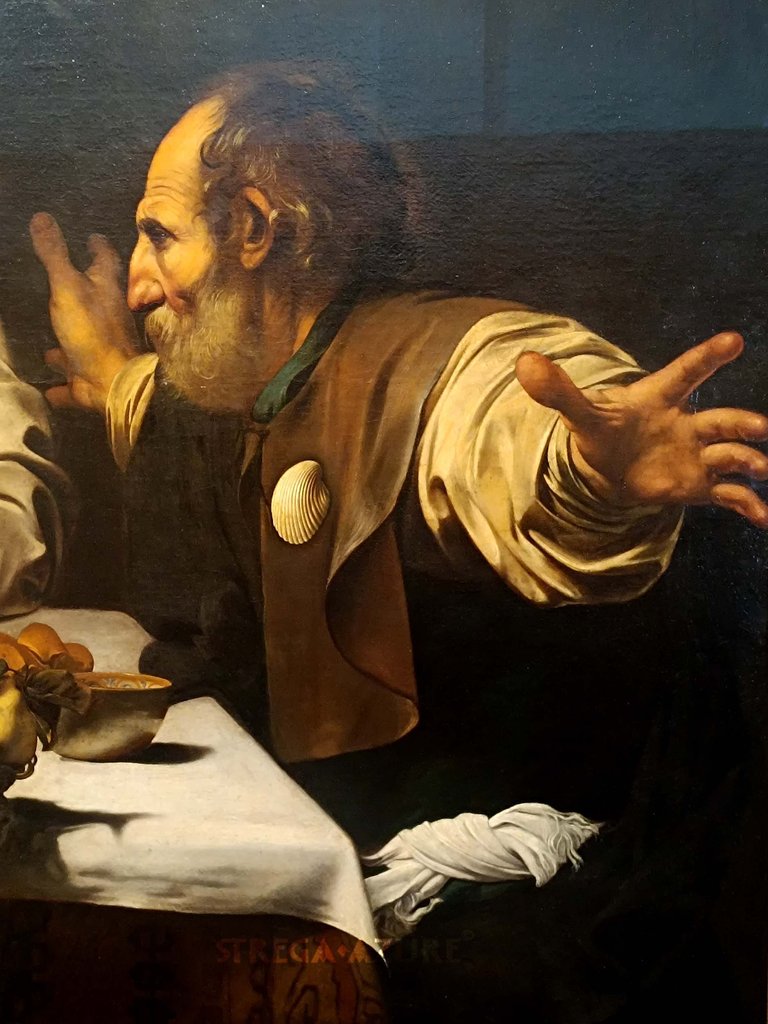

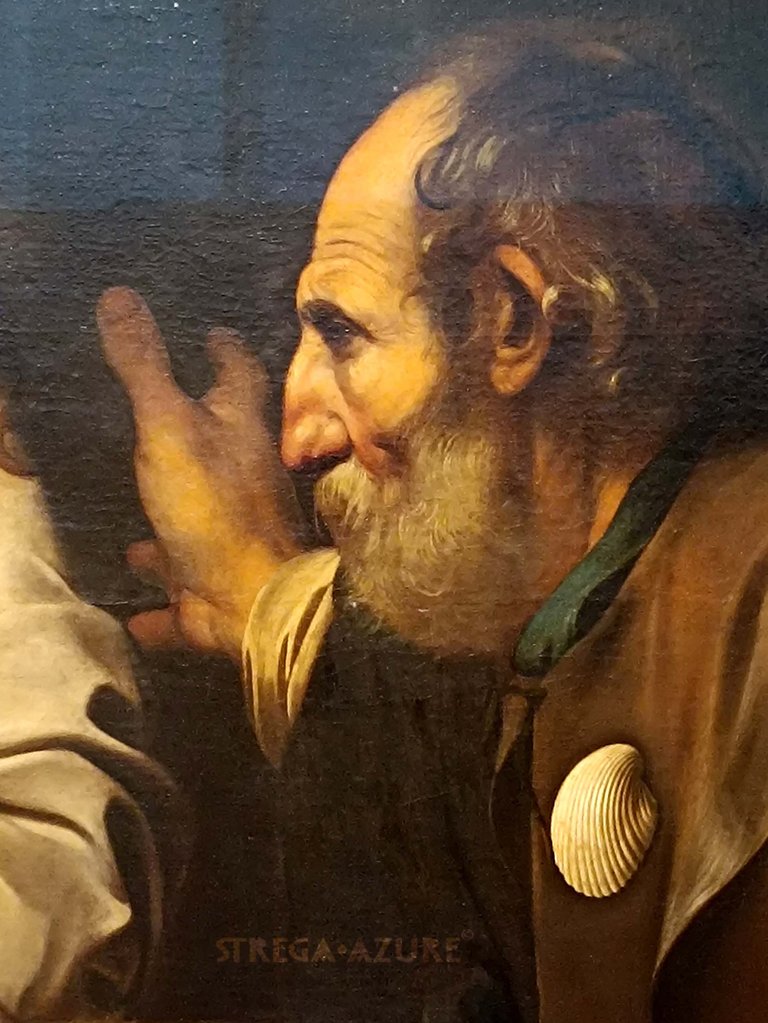

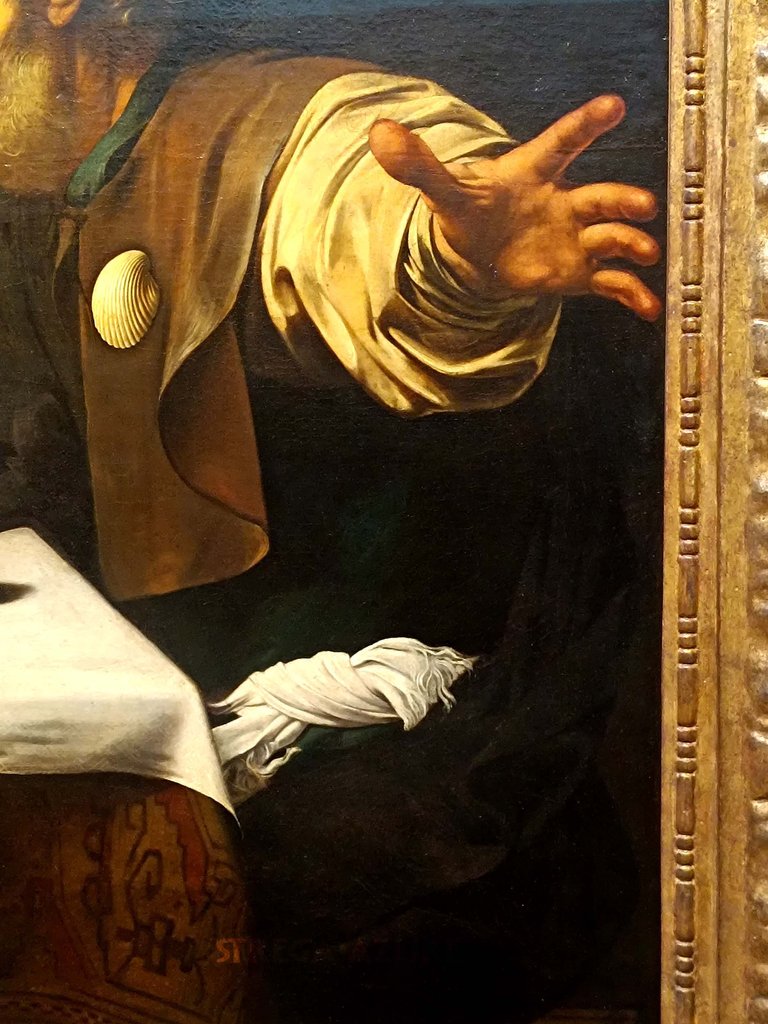

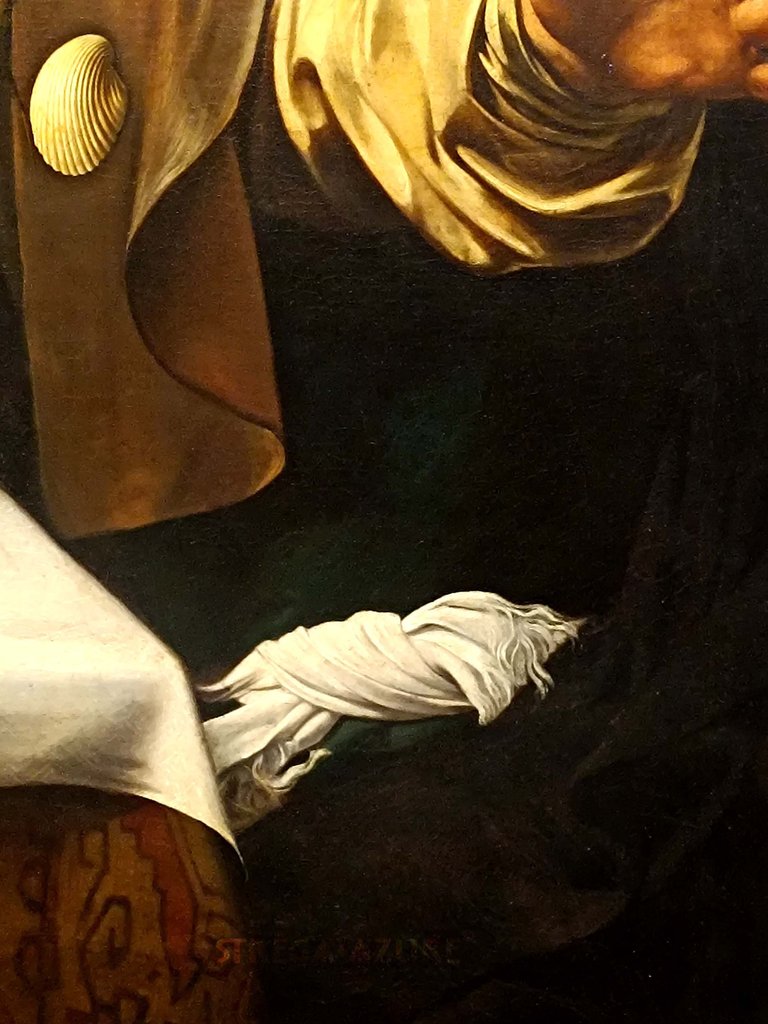

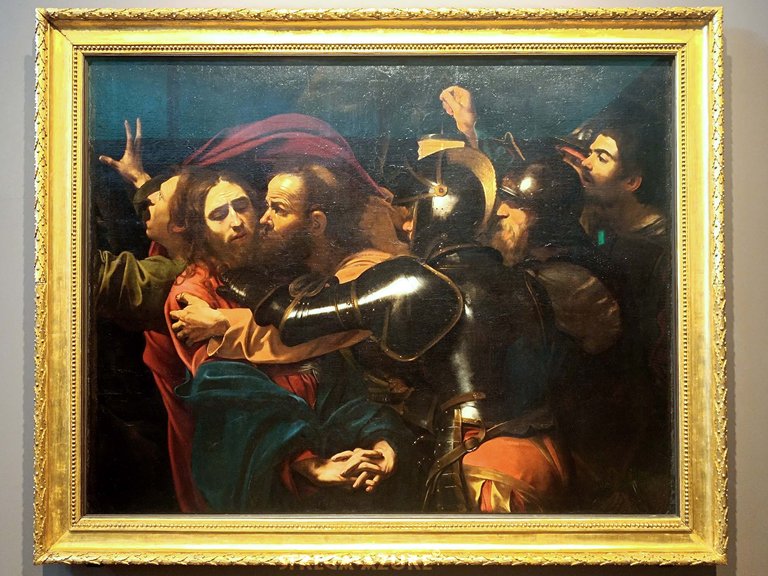

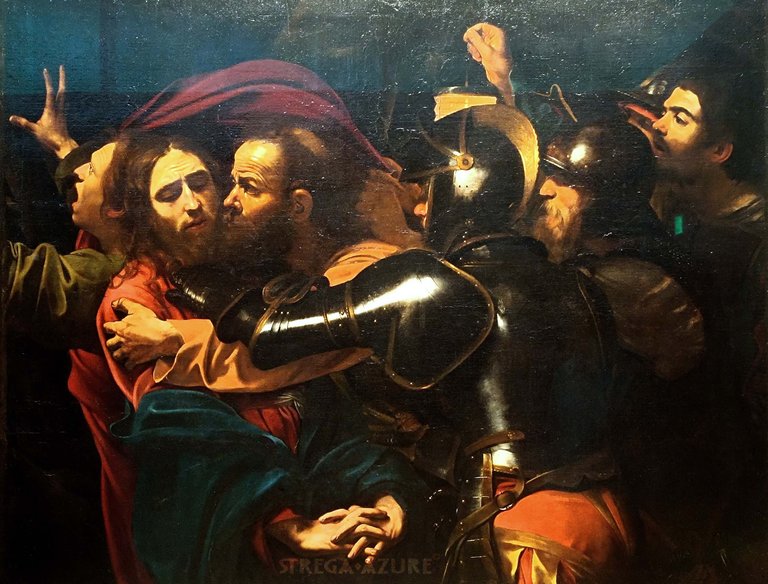

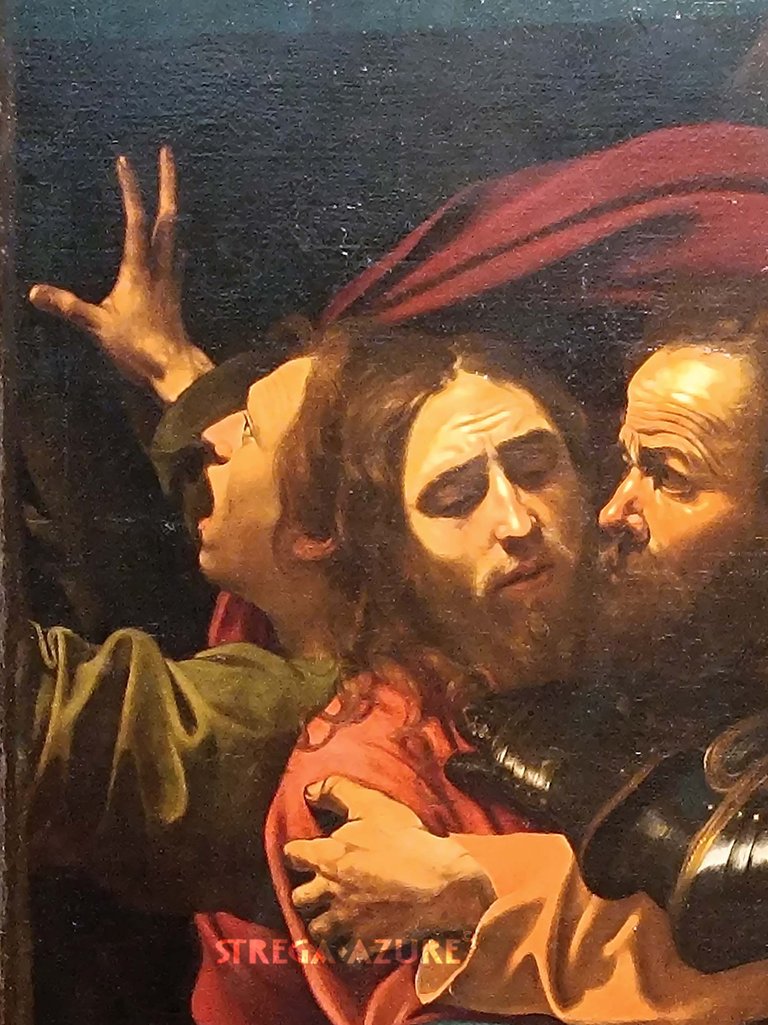



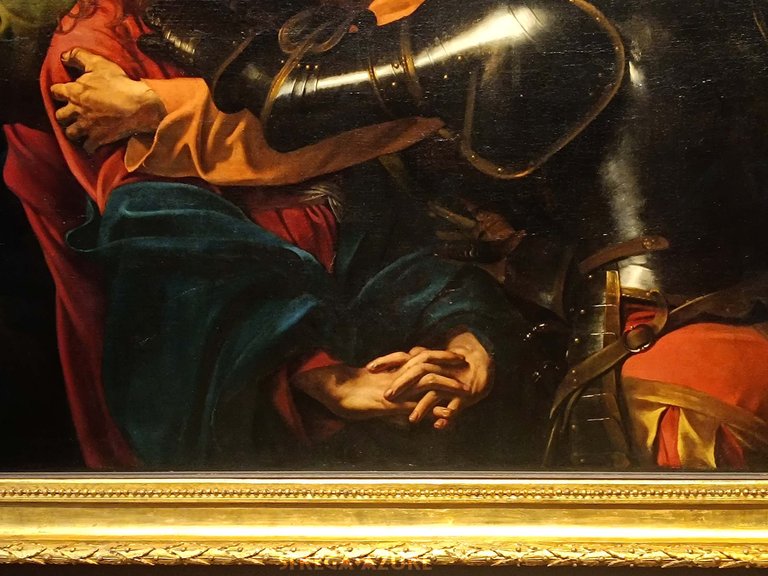

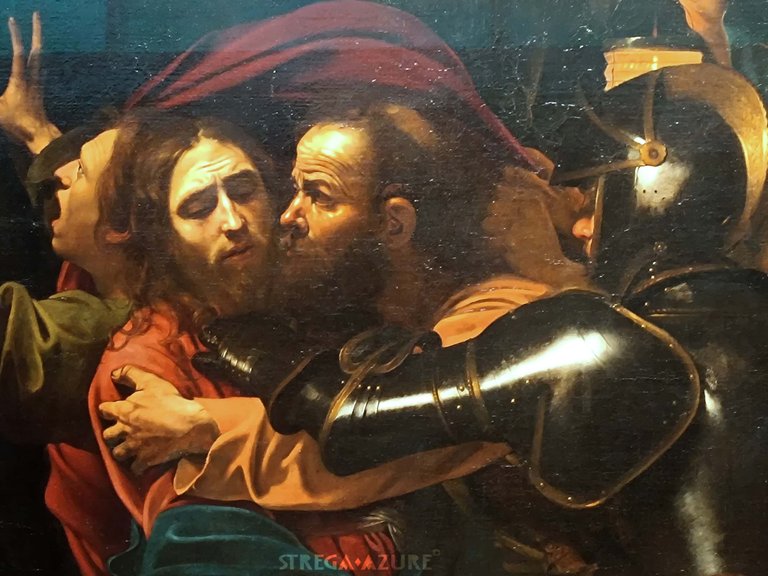



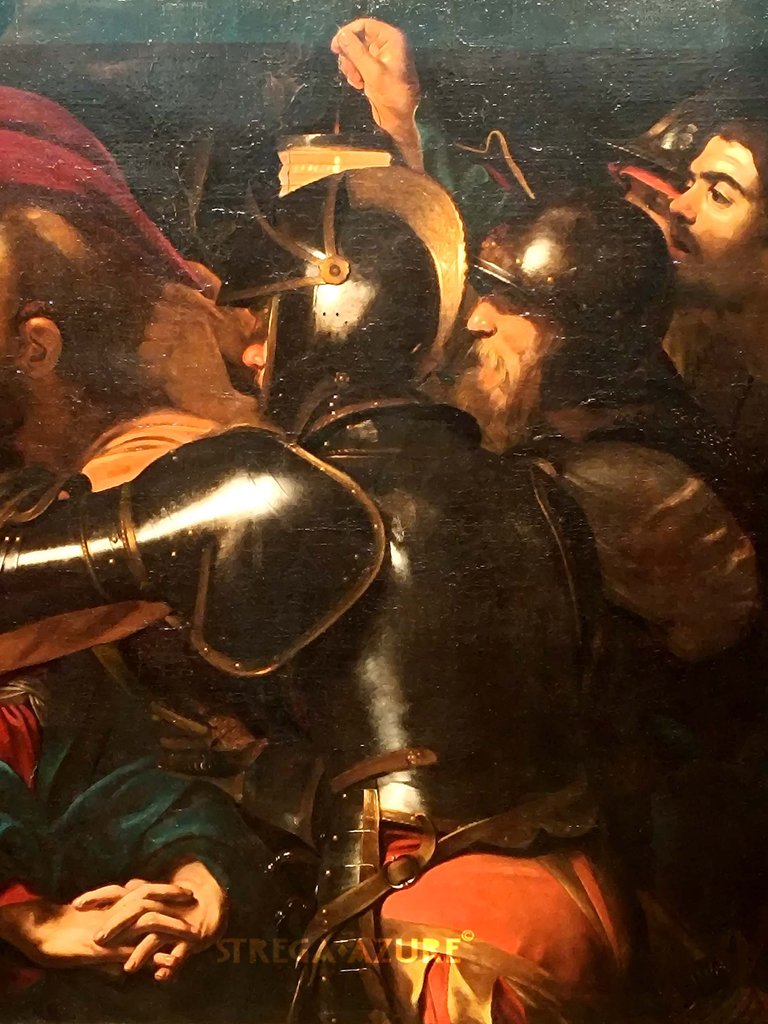

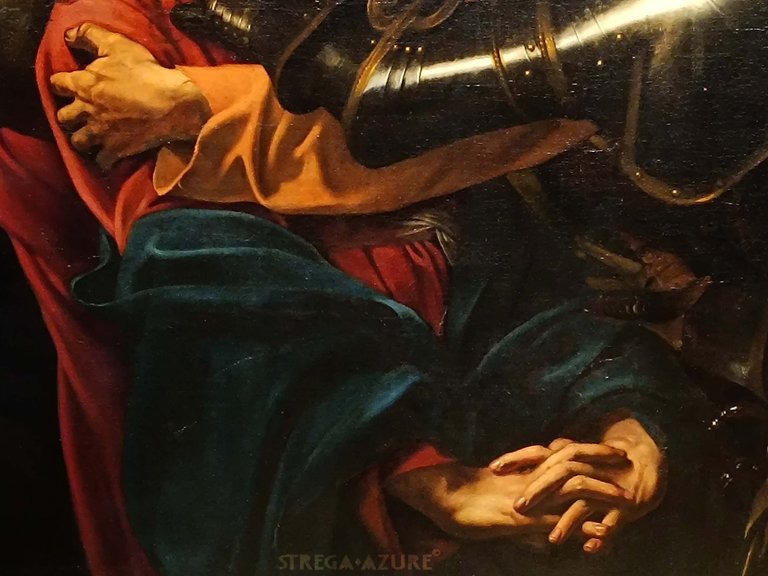

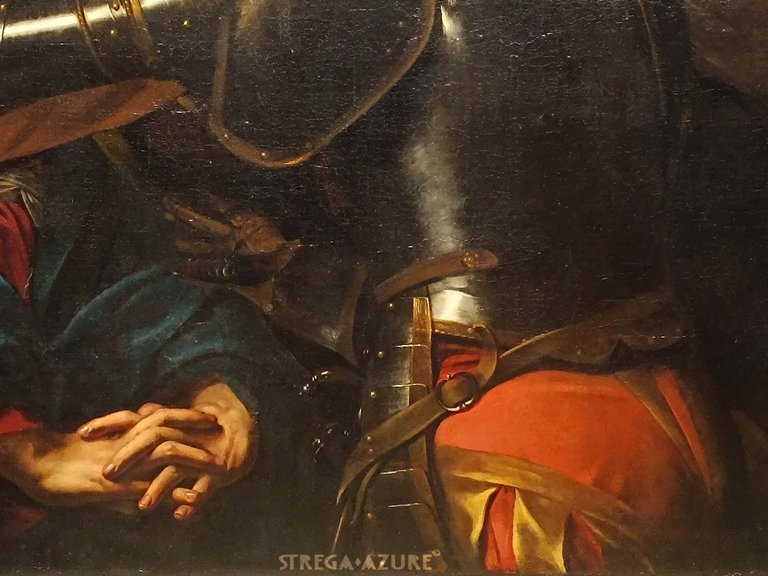

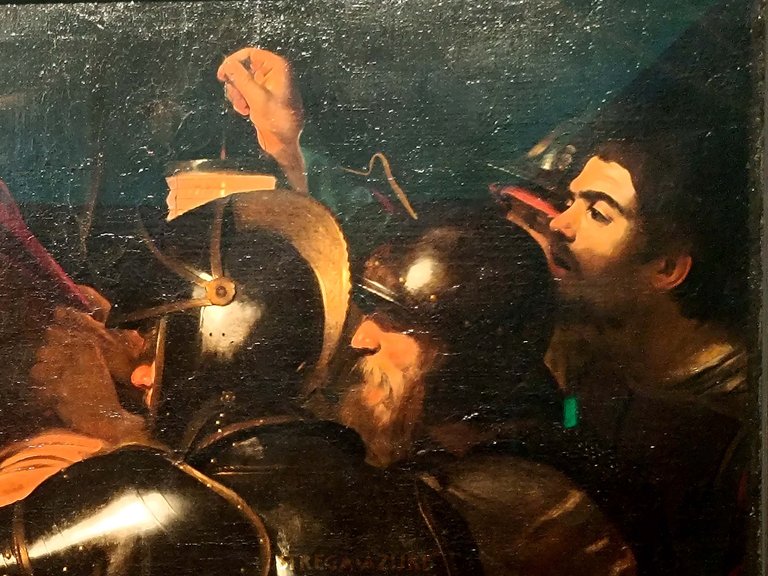

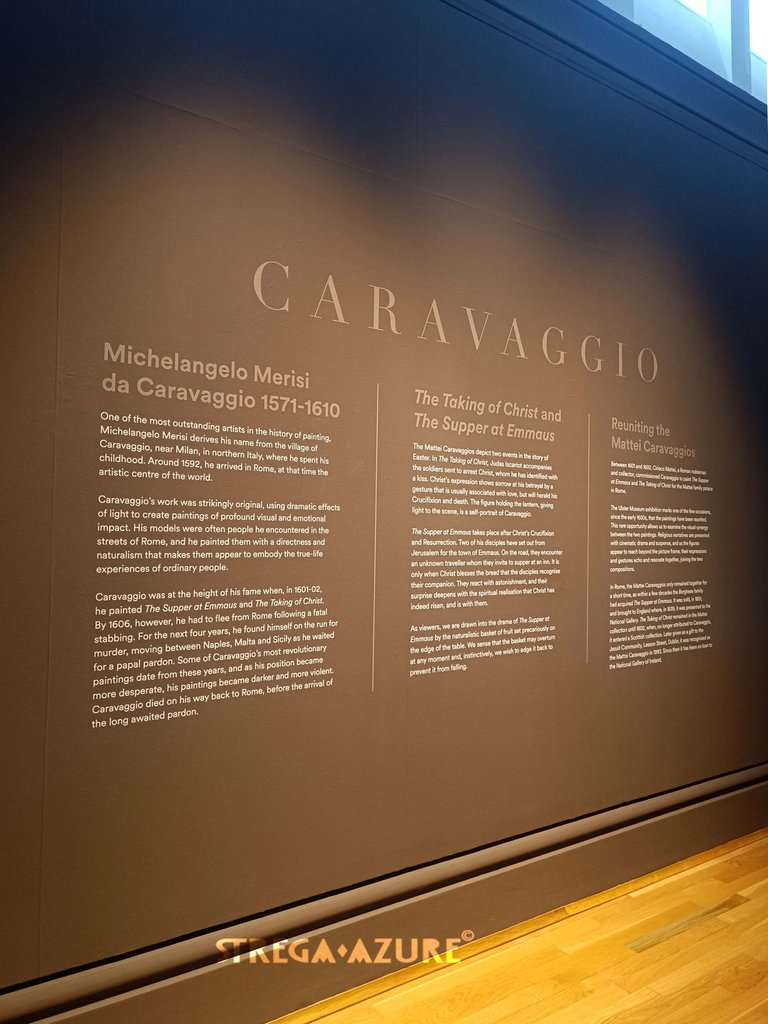

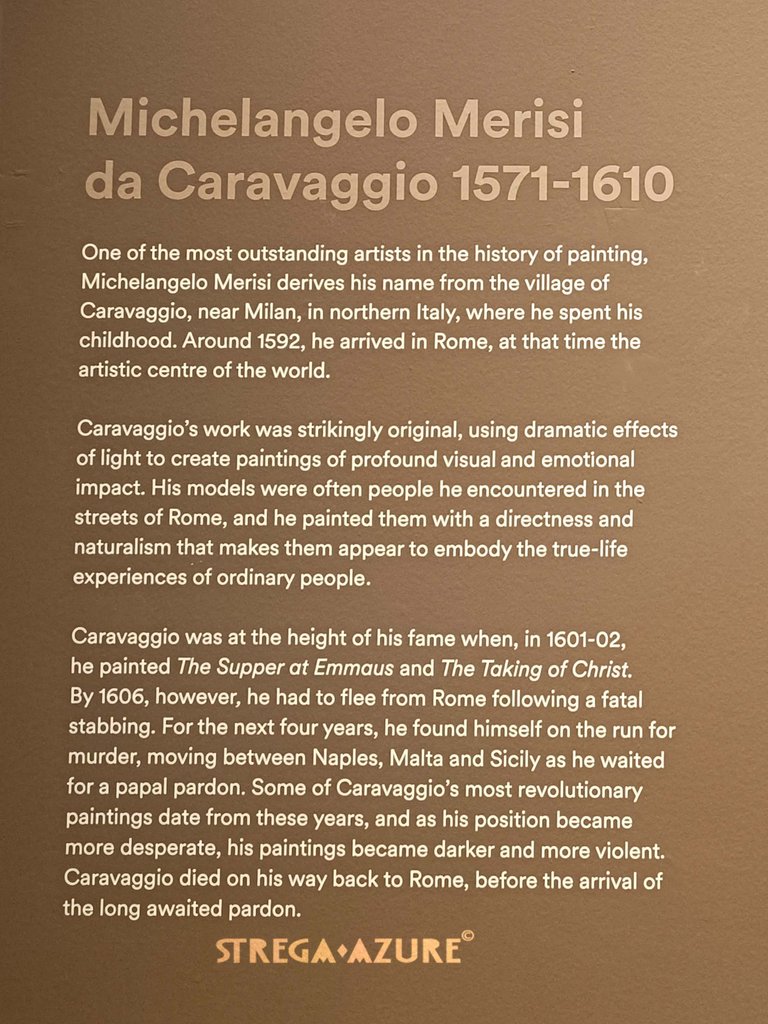

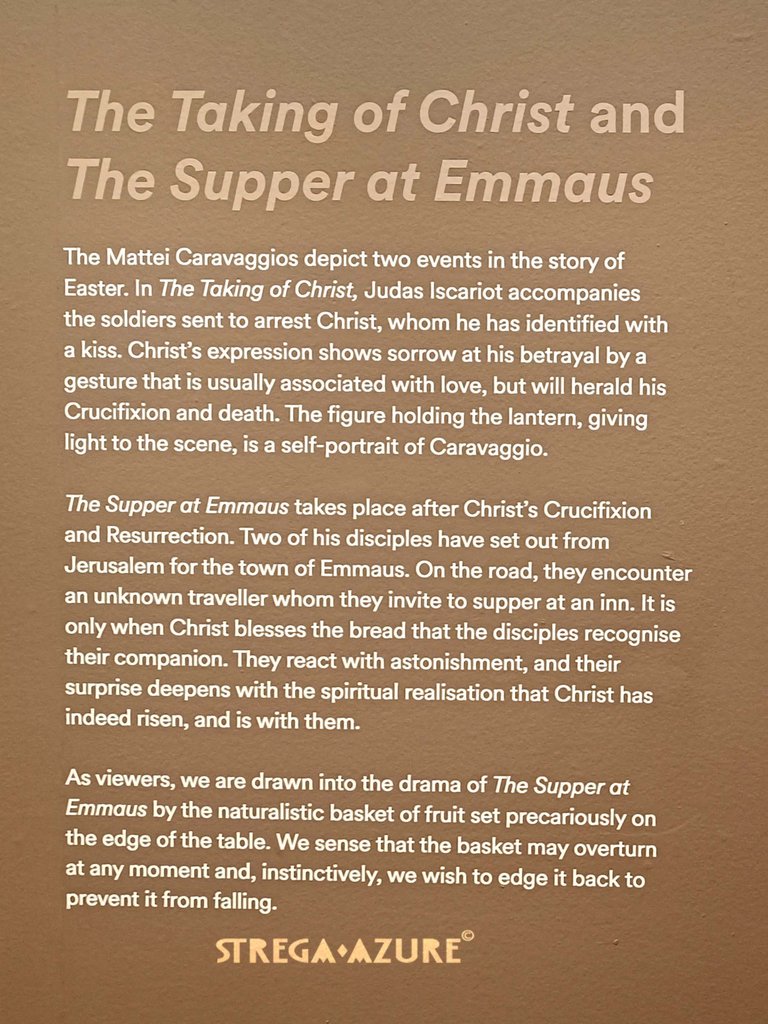



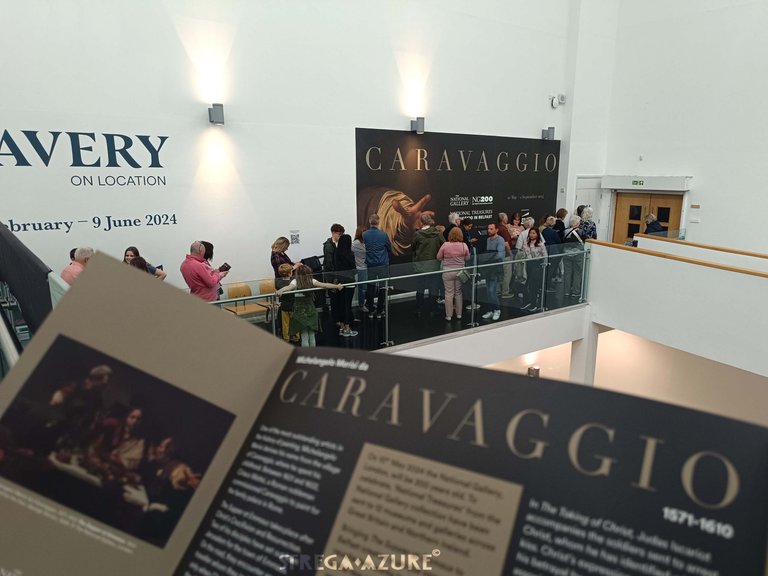

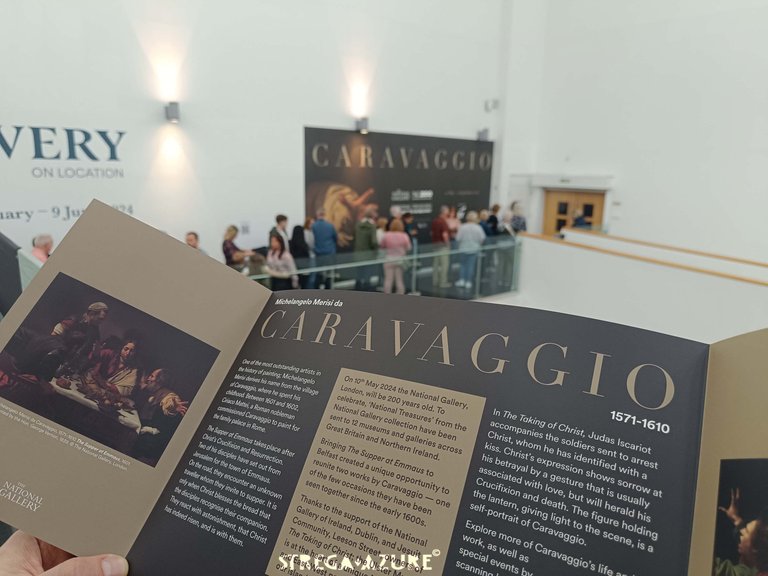

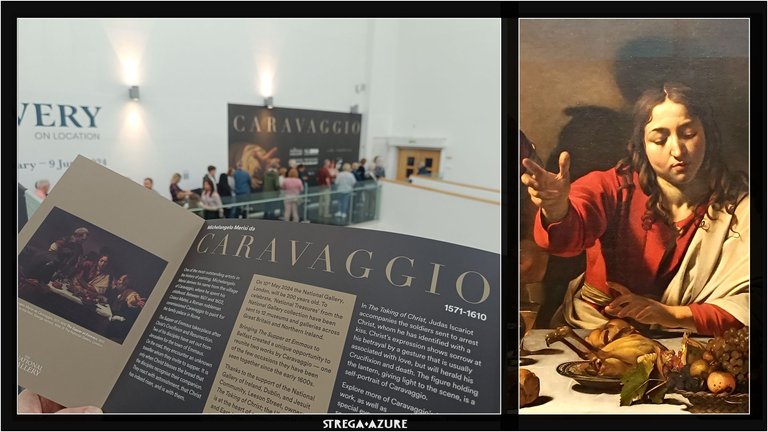

All pictures are my authorship if not stated otherwise.
All rights reserved @strega.azure ©

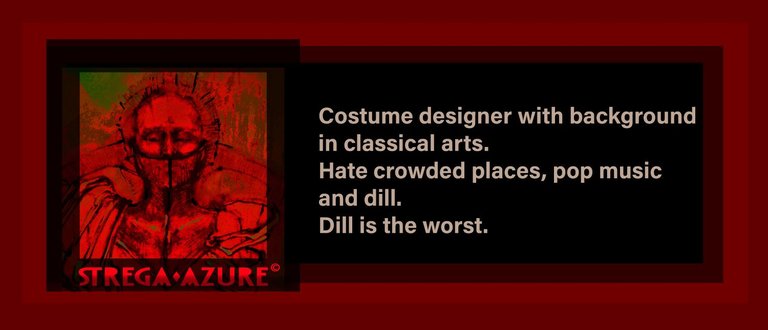
Caravaggio è stato un genio della pittura e un grande innovatore! Ottimo post
I agree wholeheartedly. He knew perfectly well what he was doing and was ahead of his time. An absolute master!
Thank you for your visit my fellow art lover!
Sono pienamente d'accordo. Sapeva perfettamente cosa stava facendo ed era in anticipo sui tempi. Un maestro assoluto!
Grazie per la tua visita, mia collega amante degli artisti!
translated with deepL.com
Great visit for an artist enthusiast. 200 years is a great number.😊
It was great, I have to admit. What you mean by 200 years?
The National Gallery.